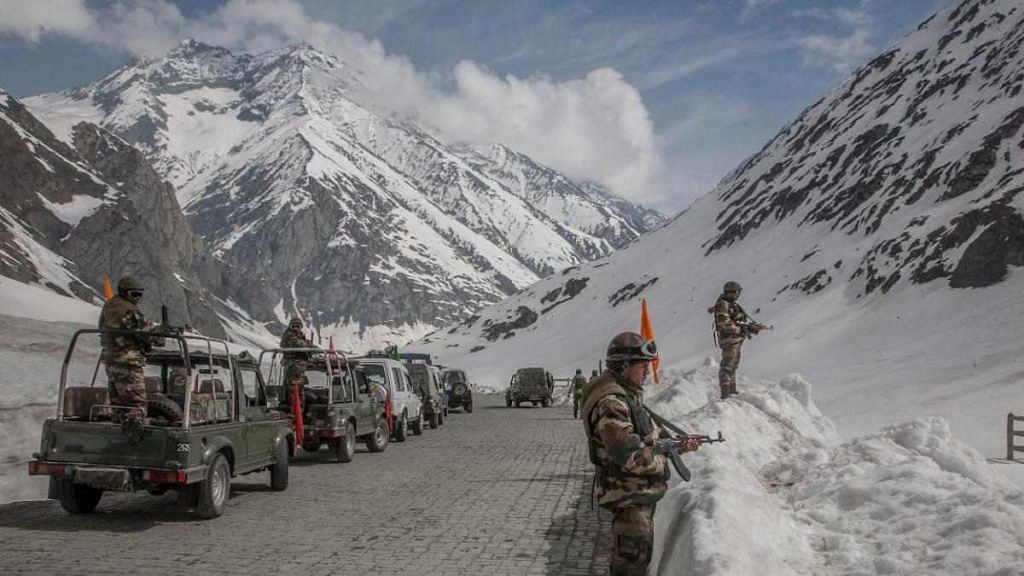New Delhi: After a gap of over two months, India and China are set to hold the 9th round of Corps Commander-level talks Sunday, which will focus on breaking the stalemate between the two sides.
Sources in the defence and security establishment said the talks will be held at Moldo meeting point and hosted by the Chinese.
The Indian delegation will be led by 14 Corps Commander Lieutenant General P.G.K. Menon.
The last meeting was held on 6 November on the Indian side in Chushul, and ended with both sides sticking to their demand of each other withdrawing first.
Sources said that the focus this time will be on breaking the stalemate that has now become synonymous with the talks.
The talks aim to resolve the tensions, which erupted in early May after the Chinese intruded into multiple locations in Eastern Ladakh.
“The problem now is that neither side has any overt disadvantage or any overt advantage. Hence, both sides don’t want to take the first step to disengage,” a source said.
Asked what will be the agenda for the talks, the source said, “The aim is only one — to achieve disengagement first and then de-escalation”.
The current situation
One of the proposals being discussed between the two sides is withdrawal of artillery and armoured elements from current forward locations.
In the southern banks of Pangong Tso, the tanks from each side are literally facing each other with only a few feet apart.
While China had the advantage of moving in first, specialised elements from Indian Army had outflanked the Peoples’ Liberation Army and occupied dominating heights on the southern banks, also known as Kailash Ranges.
Also read: How Indian Army’s secrecy & unorthodox deployment fooled the Chinese at Pangong Tso
